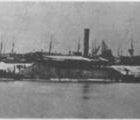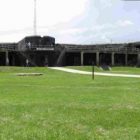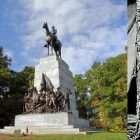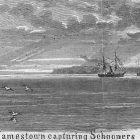Alabama Civil War
Fourth Alabama Infantry Regiment
|
Fourth Alabama Infantry Regiment
This regiment was organized at Dalton, Georgia, May 2, 1861, and proceeded at once to Virginia. Mustered into service for twelve months at Lynchburg, May 7, it proceeded to Harper’s Ferry. It soon after fell back to Winchester, where it became part of Gen. B. E. Bee’s Brigade – of which the 2nd and 11th Mississippi, 1st Tennessee, and 6th North Carolina were the other regiments. Moved to Manassas Junction, the regiment took a prominent part in that conflict, losing 38 killed and 208 wounded out of a total of about 750 engaged. Gen. Bee, killed at Manassas, was succeeded by Gen. W.H.C. Whiting.







